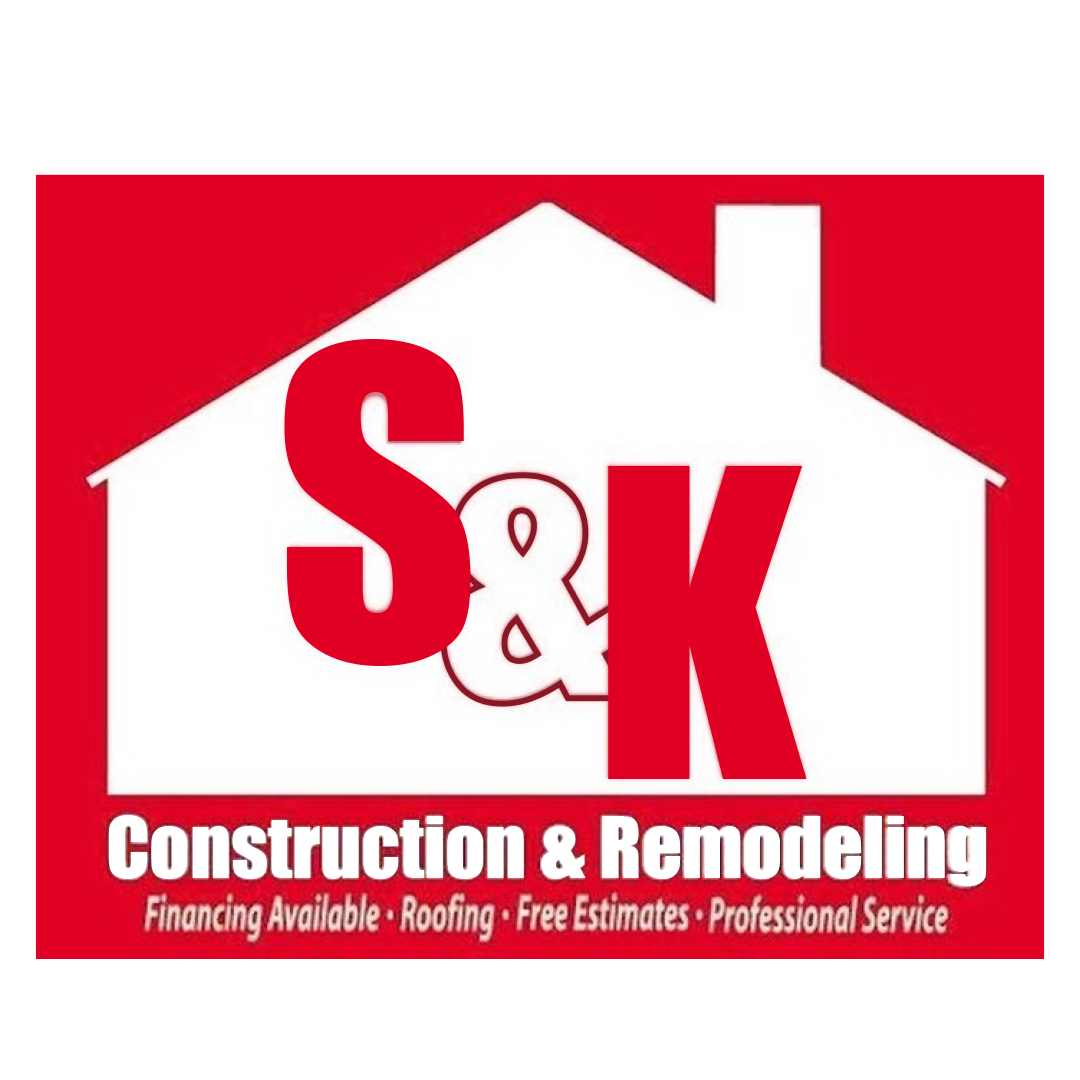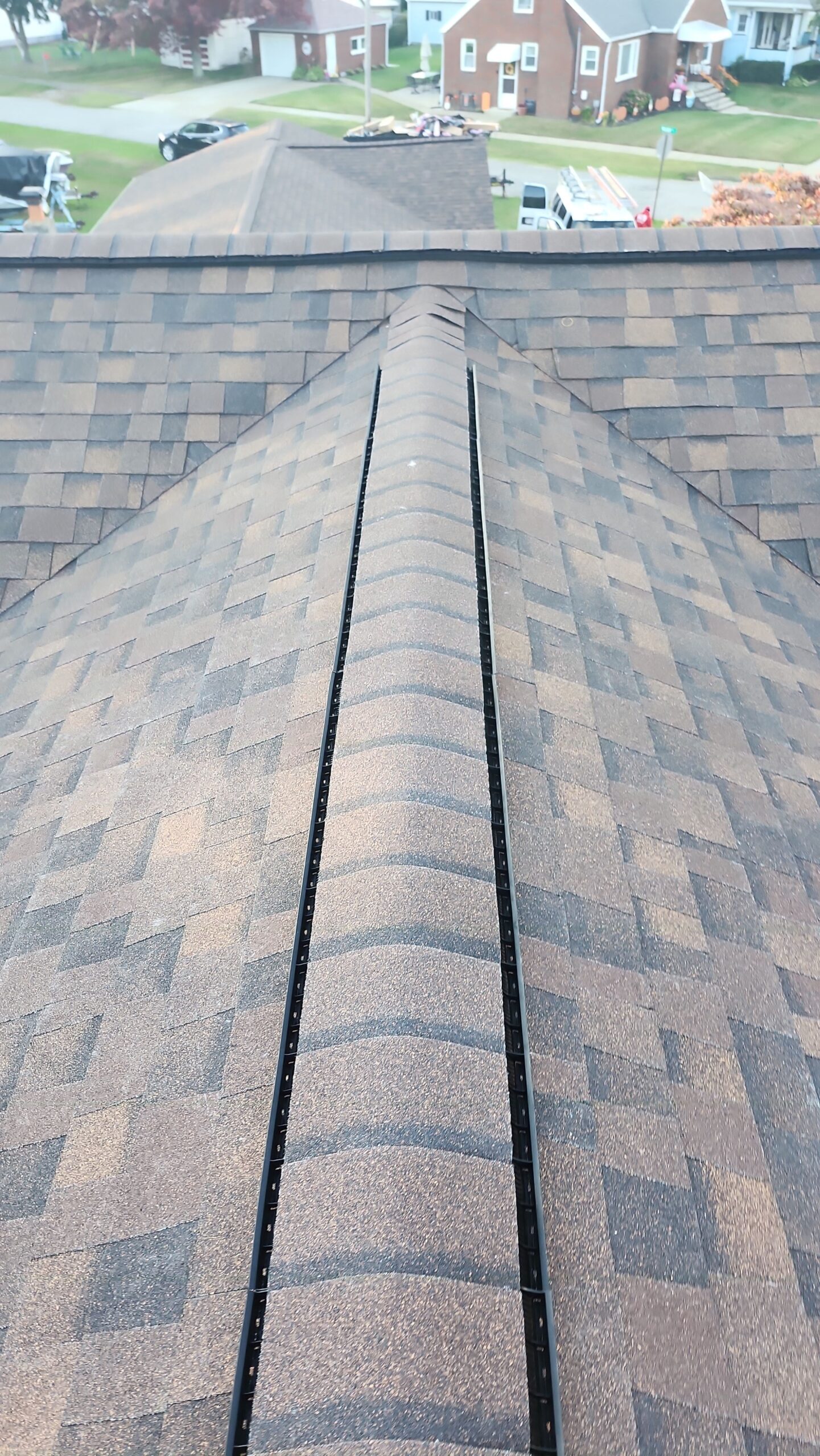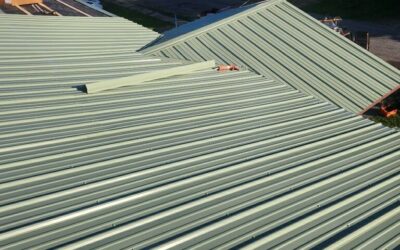Title: Leaking Roofs Can Lead to Mold: What Every Homeowner Needs to Know
A leaking roof may seem like a minor inconvenience—a drip here, a damp spot there—but left unaddressed, it can snowball into a costly and hazardous problem. One of the most serious consequences of a roof leak is mold growth. Mold doesn’t just affect your home’s structure; it can also pose health risks to your family and severely impact your property’s value.
At S&K Construction and Remodeling LLC, we’ve seen firsthand how unchecked roof leaks can lead to mold infestations in homes across Youngstown, Cleveland, and the greater Northeast Ohio area. In this comprehensive 2800-word SEO blog, we’ll explore how roof leaks lead to mold, what to look for, how to prevent it, and what to do if you suspect your home is already affected.
Understanding the Link Between Roof Leaks and Mold
Why Mold Loves Moisture
Mold spores are naturally present in the air. When they find moisture and organic material—like wood, drywall, or insulation—they can grow rapidly. Roof leaks provide a perfect breeding ground, especially in dark, unventilated spaces like attics and wall cavities.
How Roof Leaks Create Mold Havens
When your roof has a damaged shingle, cracked flashing, or clogged gutter, rainwater seeps into the underlayers. Over time, the moisture saturates insulation and wooden structures, creating an ideal environment for mold.
Common Causes of Roof Leaks in Northeast Ohio
- Missing or Damaged Shingles
- Often due to high winds, hail, or general wear and tear.
- Cracked Flashing
- Flashing seals roof joints, chimneys, and vents. When it cracks, water sneaks in.
- Clogged Gutters
- Water backs up and overflows onto the roof.
- Ice Dams
- In winter, melting snow refreezes at the roof’s edge, forcing water beneath shingles.
- Aging Roofing Systems
- Older roofs lose their waterproofing capabilities.
Signs You May Have Mold from a Roof Leak
Mold isn’t always visible. But there are signs to watch for:
Visible Mold
- Dark spots on ceilings, walls, or attic surfaces
- Peeling paint or bubbling drywall
Musty Odors
- Persistent, earthy smells in certain rooms
Health Symptoms
- Allergies, coughing, sneezing
- Eye, skin, or throat irritation
- Asthma attacks (especially in sensitive individuals)
Stained or Sagging Ceilings
- Brown, yellow, or gray spots can indicate water damage and possible mold
Where Mold Commonly Grows After a Roof Leak
1. Attics
Moisture-laden insulation and wood beams make attics mold magnets. Poor ventilation accelerates growth.
2. Ceilings and Drywall
When water leaks through the roof, it often runs along beams and seeps into ceilings and walls.
3. Wall Cavities
Behind walls, mold can spread silently and rapidly. It’s often discovered during renovations or inspections.
4. Insulation
Fiberglass and cellulose insulation hold moisture well, making them ideal for mold colonization.
Dangers of Mold in Your Home
Health Risks
- Respiratory infections
- Asthma exacerbation
- Allergic reactions
- Long-term exposure may lead to chronic conditions
Structural Damage
- Rots wood framing and support beams
- Weakens drywall and ceilings
- Compromises insulation effectiveness
Property Value
- Homebuyers are often wary of mold issues
- Insurance claims can be denied if maintenance was neglected
How S&K Construction and Remodeling Can Help
We specialize in identifying and repairing roof leaks before they become mold problems. Serving cities like Willoughby, Medina, Beachwood, and Euclid, our services include:
- Full roof inspections
- Leak detection and patching
- Roof replacement and repair
- Attic ventilation upgrades
- Mold-resistant insulation installation
As an Owens Corning Preferred Contractor, we ensure quality workmanship and materials.
The Process of Mold Remediation After a Roof Leak
If mold has already developed, here’s what to expect:
Step 1: Inspection
We identify leak sources and assess mold spread.
Step 2: Containment
Plastic sheeting and air filtration systems prevent spores from spreading.
Step 3: Removal
Damaged drywall, insulation, and wood are removed.
Step 4: Cleaning
Surfaces are scrubbed with mold-killing agents and treated to resist future growth.
Step 5: Repairs
New materials are installed, and roof leaks are permanently fixed.
We work closely with local mold remediation specialists in Chardon, Gates Mills, and Lyndhurst for extensive infestations.
How to Prevent Mold from Roof Leaks
1. Schedule Annual Roof Inspections
Catch small issues before they become leaks.
2. Keep Gutters Clean
Clogged gutters are a leading cause of roof leaks.
3. Trim Overhanging Trees
Falling branches can damage shingles and allow moisture entry.
4. Improve Attic Ventilation
Proper airflow keeps humidity in check.
5. Use Mold-Resistant Materials
Consider mold-resistant drywall, paint, and insulation.
Why DIY Fixes Aren’t Enough
Limited Access
Most homeowners can’t safely access or inspect their roof’s problem areas.
Hidden Damage
Mold and moisture often hide in insulation and behind walls.
Incomplete Solutions
Surface cleaning or painting over mold doesn’t address the source.
Let S&K Construction and Remodeling LLC provide professional, long-lasting solutions that protect your home.
Roofing Maintenance Plans from S&K
We offer routine maintenance packages for homeowners across Mayfield Heights, Concord, Madison, and Walton Hills. These plans include:
- Biannual roof inspections
- Gutter cleaning
- Minor shingle or flashing repairs
- Attic moisture checks
Prevention is always more affordable than remediation.
Real-World Example: Roof Leak to Mold in Just 3 Weeks
In a recent project in Cleveland Heights, a client called us after noticing a musty smell in an upstairs bedroom. We discovered a minor roof leak caused by missing shingles. Moisture had saturated attic insulation, leading to mold on the rafters and drywall in under a month.
Our team repaired the roof, replaced the insulation, and coordinated mold remediation. The family now enjoys a dry, safe, mold-free home.
What If You’re Selling Your Home?
A mold issue can derail a real estate sale. Home inspectors are trained to look for signs of water damage and mold. If your roof has a history of leaks, you’ll want to ensure everything is documented, repaired, and mold-free before listing.
We help sellers in Twinsburg, Kirtland Hills, and Chagrin Falls prepare homes for market with full inspections and roof certifications.
Insurance and Mold
Most homeowners insurance policies cover mold removal if it’s caused by a sudden issue like a storm-damaged roof. However, if the problem resulted from neglect or delayed repairs, coverage might be denied.
We help clients navigate the insurance claims process by:
- Providing detailed reports
- Documenting leak and mold damage
- Coordinating with adjusters
Conclusion: Don’t Let a Leaky Roof Grow Into a Mold Disaster
Leaky roofs may start small, but they can spiral into major problems—especially when mold is involved. With Northeast Ohio’s weather, it’s crucial to act fast when you see signs of a leak.
At S&K Construction and Remodeling LLC, we’re here to help you protect your investment and your health. Whether you’re in Youngstown, Medina, Euclid, or beyond, trust our experienced team to fix the problem at its source.
Schedule Your Free Roof Inspection Today
Call us or visit our website to schedule your no-obligation roof inspection.
Leaky roofs can lead to mold—stop it before it starts. Let S&K Construction and Remodeling LLC keep your home safe and dry.
 (440) 307-2060
(440) 307-2060


